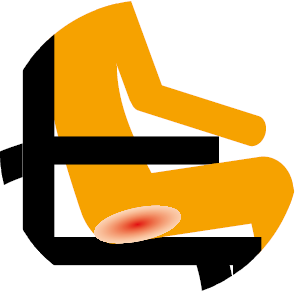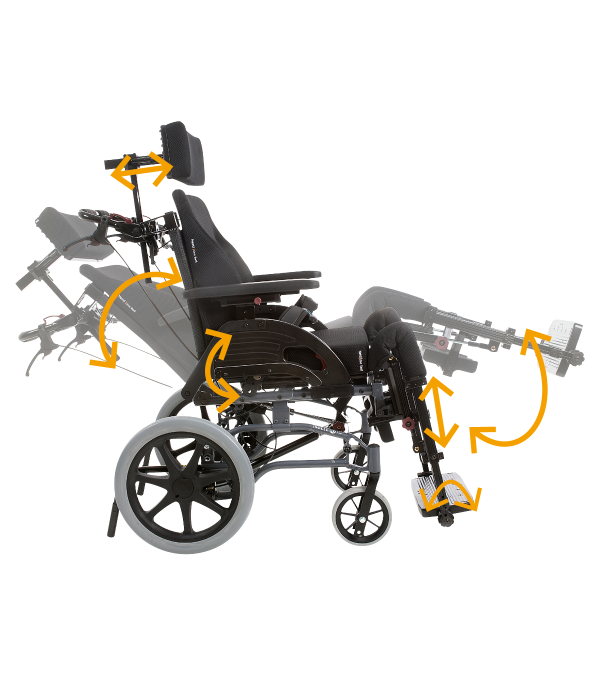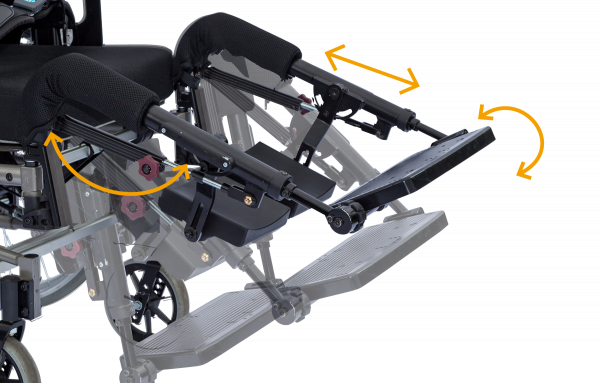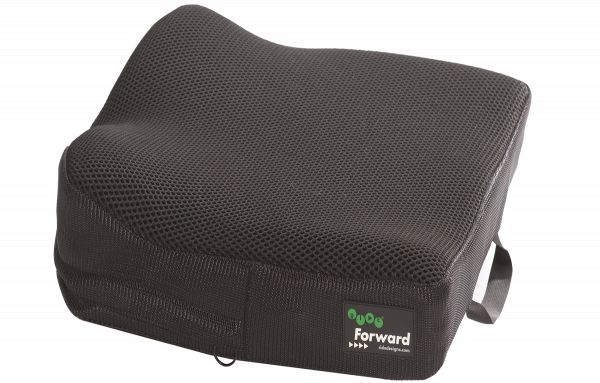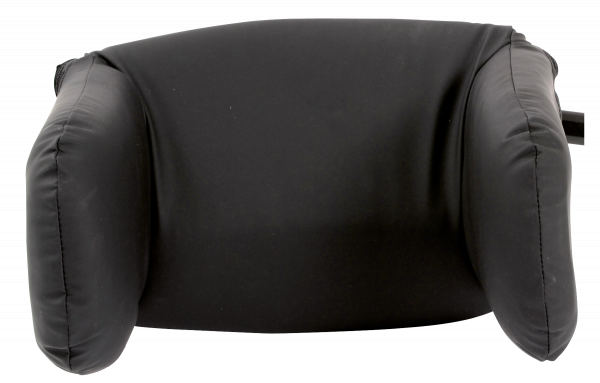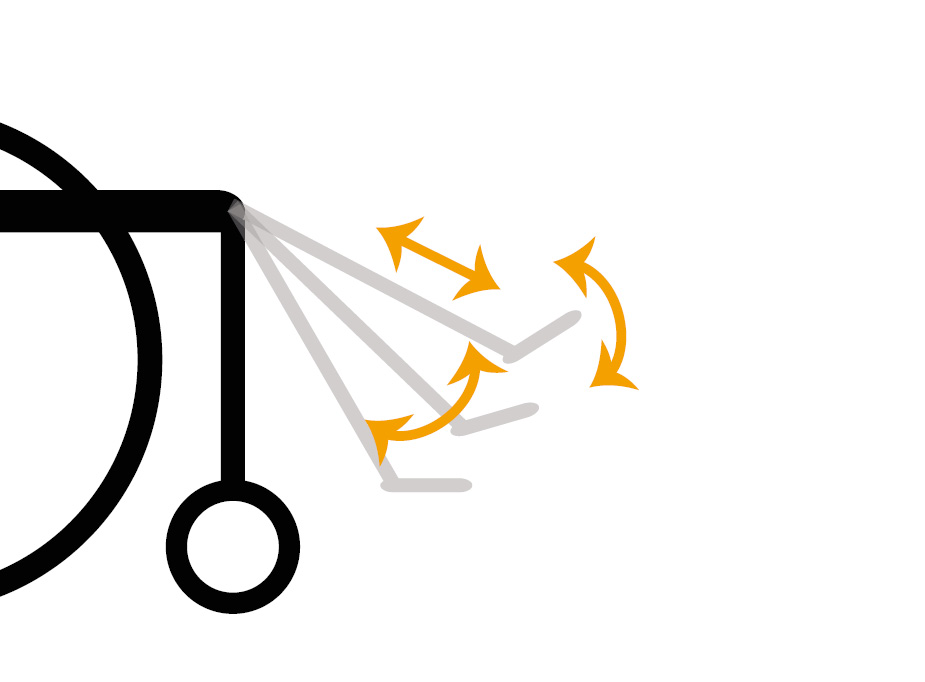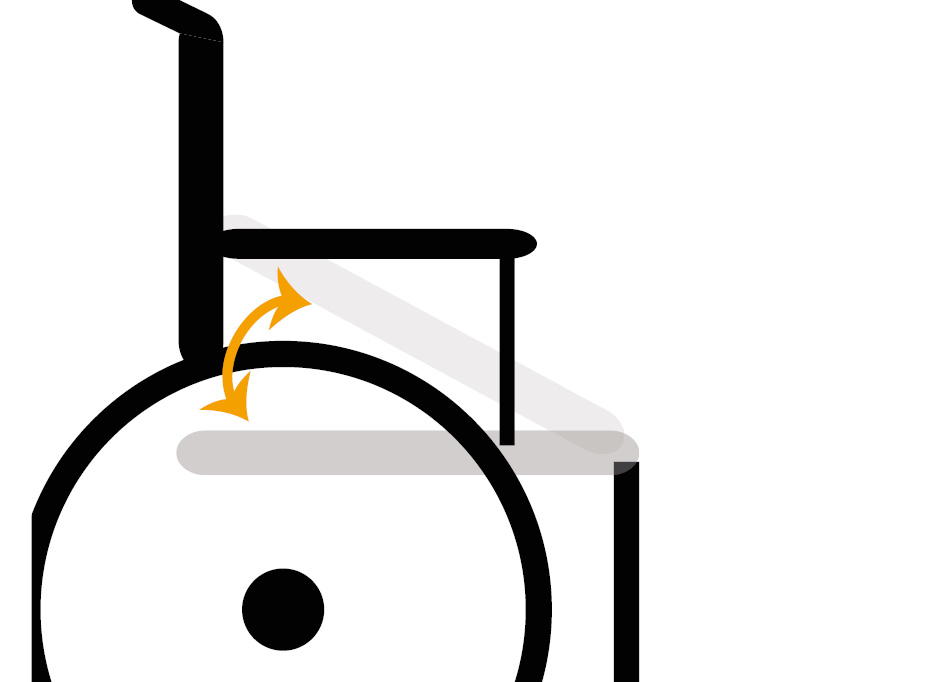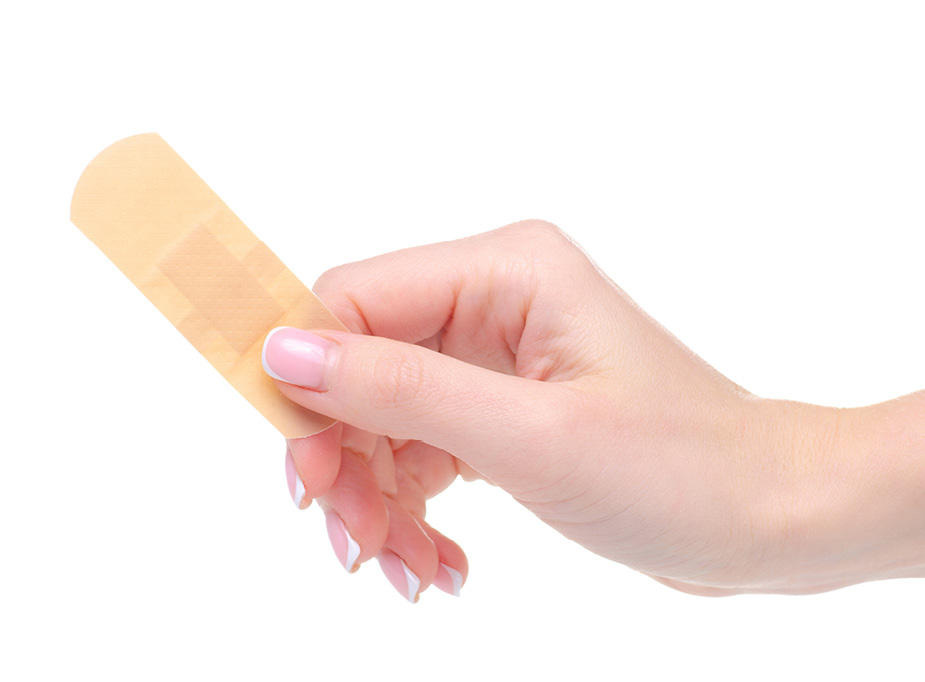Case story based on the Netti 5 Seating Steps
The Netti 5 Seating Steps is part of the Netti Method to secure a good seating position for each user. The Netti 5 Seating Steps is an approach developed according to best practice and under consideration of current research and findings. Read more about each step of the fitting below and how we came to the following configuration of the seating solutions:
Power wheelchair

- iCHAIR MC3
- Netti head support E
- Ride Forward Cushion
- Netti Smart back Cushion
- Netti Dynamic leg supports
STEP 1: Clarify expectations and challenges
Focus on the expected functions:
- User was in need of a manual wheelchair for indoor use.
- At the same time the old Meyra iCHAIR needed to be replaced with a new Meyra iCHAIR MC3 power wheelchair.
- Both user, parents and caregivers want focus on sliding.
- A need for a reduction in the number of repositioning was needed.
STEP 2: Observe and assess the user’s situation
What do I see? When do I see it? Why do I see it?
- The user has a spastic pattern with movement from both legs, hip and back.
- There is a leg length difference of the femur resulting in different seat depths (400 mm on the left side and 500 mm on the right side).
- The upper body is very stable and there is no need for a lot of support here.
- It has been found that there is a need for a better head support.
- The extension of the body leads to loss of optimum seating position and causes the user to slide out of the static wheelchair. This sliding creates increased shear- and pressure forces which can be create pressure ulcer over time.
- Body measurements like height, weight, seat width, seat depth and back height have been recorded.
STEP 3: Define seating strategy and set SMART goals
Use SMART – Specific, Measurable, Acceptable, Realistic, Time
- Improve the current seating position to prevent sliding and the therefrom resulting risk for pressure ulcer.
- Stabilize and guide the flow of the involuntary movements.
- Reduce the load on the head and the neck. Check for tension and discomfort in the neck muscles after 1 month.
- By the iCHAIR MC3, we will be letting the force from the user's spastic movements go through a dynamic leg supports, which reduces the force on the back support and stabilizes the user.
- By the manual wheelchair, we are able to le the force go through both the back, seat and leg support which is an optimal solution. This will allow the user to move the back and hip into extension. Reduce the peak forces at the back and check for pain relieve at the spine in 1 month.
- We want to reduce the need for repositioning to relieving the burden on nursing staff and family.
STEP 4: Create seating solution
How do I reach the objectives? (Wheelchair, accessories)
Manual wheelchair Netti Dynamic CED with the following options:
- Dynamic leg supports that can guide the legs back in the original position
- Dynamic back with a strength of 800N to allow movement of the upper body and to help to position and keep the user in the prior adjusted optimum seating position
- Special made Dynamic seat plate with cut to allow to accommodate for the difference of femur. The dynamic seat plate will allow movement in the hip area thereby avoid the sliding out of the wheelchair
- Special made Ride Forward cushion with cut to accommodate for the difference of femur and to offer high stability
- Netti Smart back
- Head support E with adjustable side supports
- The old iCHAIR was to be replaced with a new iCHAIR MC3
- The iCHAIR MC3 was equipped with special brackets to mount the dynamic leg supports. For the iCHAIR MC3 we are letting the force go through the dynamic leg supports, this will reduce the force on the back support and stabilize the user
- Special made seat plate and a special made Ride Forward cushion with cut to accommodate for the difference of femur and to offer high stability
- Netti Smart back
- Head support E with adjustable side supports
Get to know more about the Meyra iCHAIR MC3.
STEP 5: Evaluate
Are the goals reached? Look at step 1 and step 3
Short term:
- The need for repositioning and the sliding in the chair has been reduced due to the dynamic functions that absorb the force from the user's spastic movements.
Long term:
- Improved skin protection through correct pelvic positioning and reduction of the risk of sliding.
- Mobility, secure transport possibility and participation in everyday life activities have been improved with the dynamic wheelchair system.
The solution was made possible due to great team work between Meyra and Netti, and if you would like to know further detail or have any sales opportunities for similar solution, you are welcome to contact the Netti Competence Center at +45 87 88 73 00 or info@my-netti.com.


